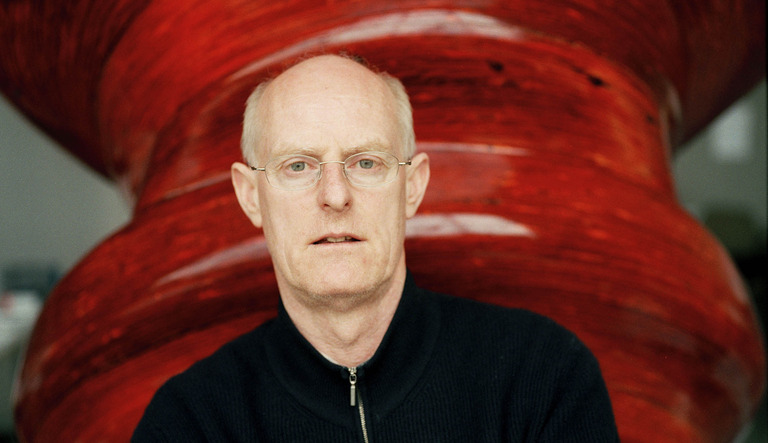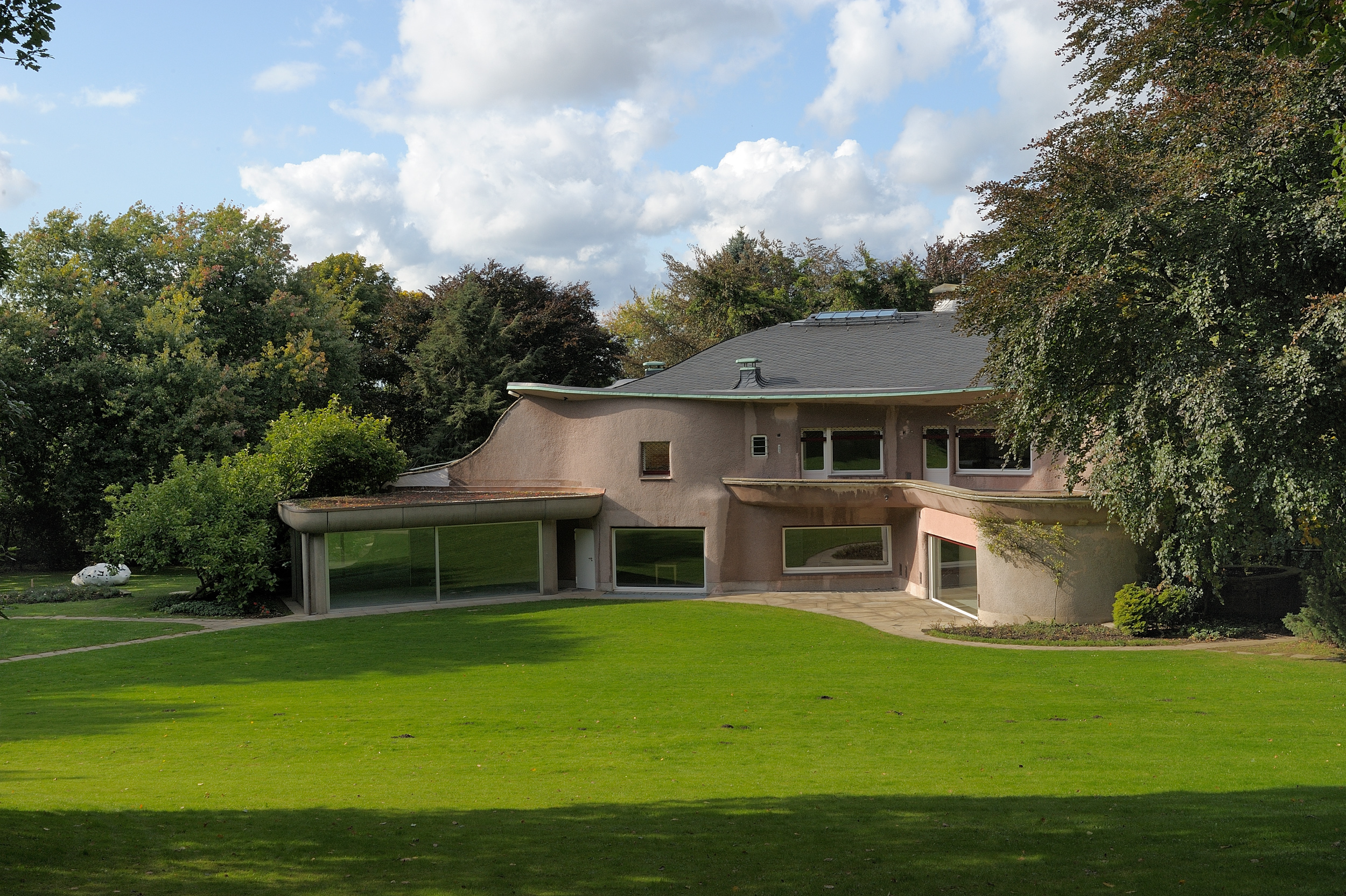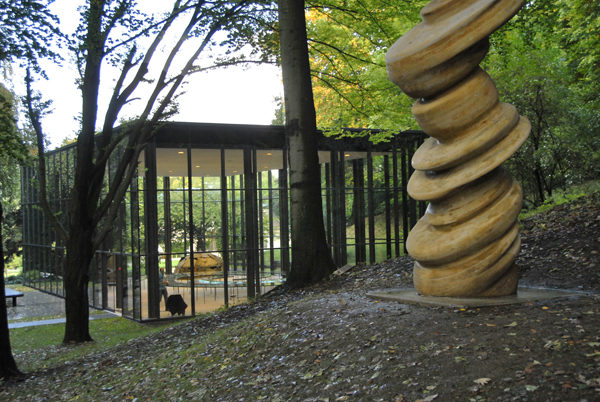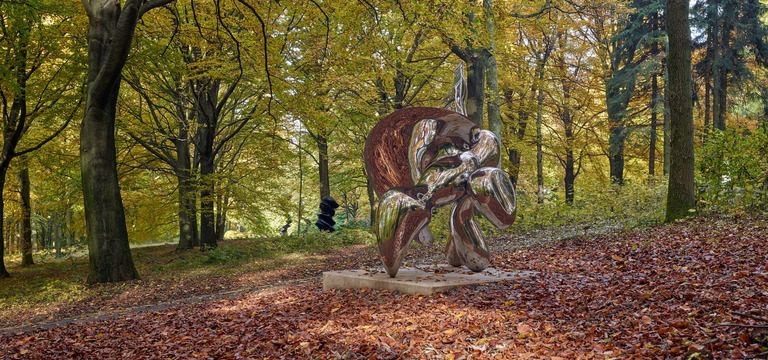A sculpture park in the middle of the Rhine forest. Tony Cragg Foundation is an experience of art and nature
How to forget the scene of the huge dance studio in the forest filmed by Wim Wenders in his tribute to Pina Bausch…
Likewise the Skulpturenpark in Waldfrieden, a few chilometers from Wuppertal, is literally surrounded by North Rhine‐Westphalia woods in Germany.

Tony Cragg – Photo by Hugo Glendinning – Courtesy of Tony Cragg Foundation, Skulpturenpark Waldfrieden
After discovering this abandoned property in 2006, the British sculptor Tony Cragg (Liverpool, 1949) decided to found his non‐profit foundation in this green area crossed by trails with exceptional natural and aesthetic qualities.
Acquiring a sloping terrain right here also implied a remarkable effort to redesign the park and the respective buildings which had to be renewed in order to host the exhibition spaces and the offices of his brand‐new Foundation. To be honest, Villa Waldfrieden – built in 1894 and destroyed after a bombing in 1943 ‐ was particularly interesting. In the forties it was owned by the businessman Kurt Herberts who relied on the architect‐artist Franz Krause’s work to reconstruct it according to an unconventional organic project. As a matter of fact, the architect created a twisting building based on three essential aspects: the dynamism of human body, the surrounding environment (the landscape project was fulfilled between 1947 and 1950) and the progression of daylight.

Villa Waldfrieden, Tony Cragg Foundation – Photo Charles Duprat – Courtesy of Tony Cragg Foundation, Skulpturenpark Waldfrieden
When Tony Cragg purchased them, both the villa and the outside were re‐interpreted in view of their new mode of use. Thanks to the precise intervention of the sculptor and his collaborators, the villa was converted into the main center of the park keeping its own original appearance without any morphological distortion in terms of exterior design.
Cragg installed his sculptures around Villa Waldfrieden visually highlighting the sculptural qualities of this building by analogy where the archives and the administrative board of his Foundation are located from 2008.

Exhibition Space, Tony Cragg Foundation – Courtesy of Stadt Wuppertal
Walking this forest area means to experience Cragg’s sculptures along with other international artists’ work in a breathtaking context which varies according to the four seasons interacting with sculptures to change their colour, light and materiality.
A sort of innate correspondence with the environment where the work of art is simply an extension of the natural fact.

